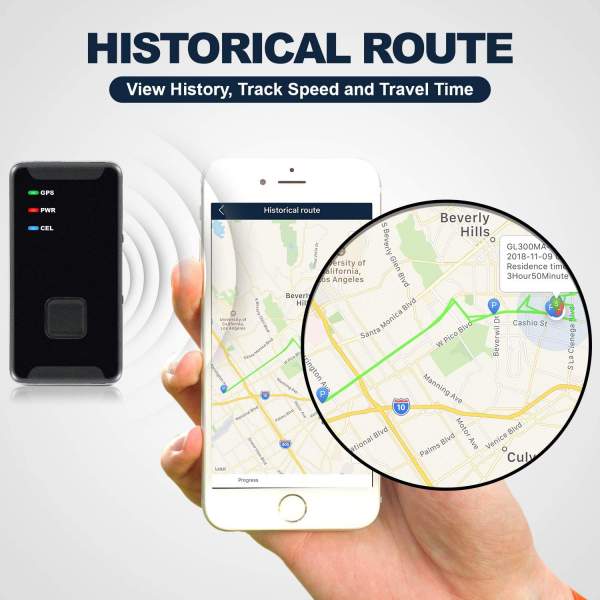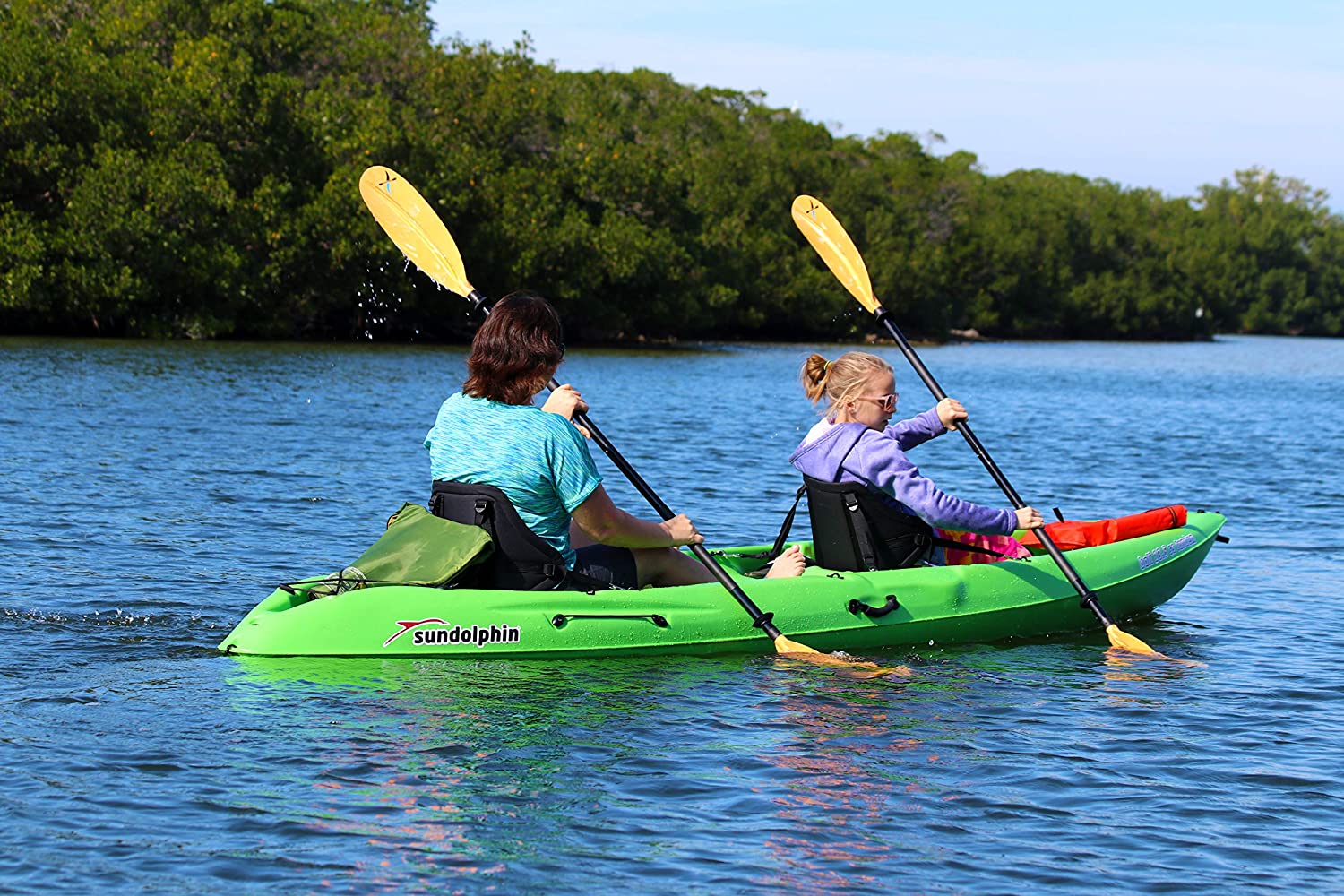Last updated on October 20th, 2020 at 06:40 am
Last updated on October 20th, 2020
Geocaching is an exciting way to have fun while exercising your body, mind, and brain. It is a family-friendly outdoor activity that is practiced all over the world. The event combines hiking with a GPS-aided treasure hunt where the word treasure means stickers, fast-food toys, or small coin.
It is more like a hide and seeks for treasures. Since it combines activities in a wide range of fun fields such as adventure, puzzle-solving, physical activities, and online computer gaming, any outdoor enthusiast would find it very engaging, entertaining, educating, and therapeutic.
It is a game that transcends political, territorial, gender, and age boundaries. Do you want to know how to go Geocaching and how to start Geocaching? Read along to find out.
What You Need
To play this game, you need a GPS-enabled device such as a phone. It would be best if you also had the coordinates of a geocache that you would like to find. Everything you need to get started would combine well with your desire to explore to be able to be completely prepared to play the game correctly and get a complete experience out of it.
Where To Begin
The outdoor geocaching adventure begins indoors with thorough preparation and online research. You start by visiting geocaching.com, where you can consult for more information on everything from the possible cache near you. You will get the free geocaching mobile app that you can use to find the hidden desirables.
Create a Free Account
Therefore, create your account on Geocache.com, a popular site offering a wide-ranging database of geocache listings. Some sites allow free access to all site features by members, while others offer premium status for members for them to access certain features.
The account must have a name and a password. To successfully create the account, you will have to provide a valid email address. Once you have validated your account by clicking on the mail you received from Geocaching, you will begin.
Find Caches Near You
You should then proceed to find a list of the caches that might be near you. To do this, you are supposed to use the search features on your account or the website. Remember, geocaches are hidden everywhere, so there must be some for you to find regardless of where you are.
Choosing a Cache
Choosing the right cache is all about what interests you. You need a cache that can meet your immediate interests and goals. Whether you are looking for an adventure for the whole family or different experience, you need to view the cache attributes, which are helpful resources in selecting the right geocache. While you do this, note down all essential details or hits on your notepad. Also, while you make the selection, you must be keen on the cache’s difficulty rating. For instance, you can choose a cache that is extremely difficult if you need a big challenge. However, for a participant who is just starting, you should settle for a cache that is not too difficult.
Bring an Item Along to Exchange with The Cache
It is only reasonable and proper for the game to bring a small item along so that you can exchange it at the cache. It is not an obligation. You should be willing to give away something that you value and willing to give away kindly.
That something can be of value to somebody when they find it on their quest for a cache, and they find it. Some caches follow specific themes and would expect you to follow that particular theme by bringing something according to it to trade.
Locating the Cache
Locate the caches and navigate the coordinates by entering your handheld GPS receiver or using the site’s smartphone app. Follow the coordinates while you stay aware of the surroundings. You can also transfer the coordinates to your GPS using a supply connection cable, but only if you have the right software.
When you get to the coordinates, put your GPS device away and begin to look for the caches. Since the GPS devices are typically accurate only up to about 16 to 30 feet, you should rely mostly on yourself to find the exact location of the geocache.
Identifying the Cache
There is a pointer on your GPS that can point you to the direction of your waypoint. From there, you can identify your cache. It would be best if you were very keen since they come in all colors, shapes, and sizes. When you finally recognize the cache, you should note precisely how the geocache has been hidden so that when you replace it, you do it identically.
You should even sign the logbook when you find the geocache. You can find goodies in the container you will need to take, but remember to leave something of your behind. Now that you are done, when you go back home, make sure you log your experience on Geocaching.com.
Safety Tips
Like it is usually the case with other outdoor activities before you even begin Geocaching, you should be well prepared for the possibilities. One of those possibilities is accidents, which you should do all you can to avoid by protecting yourself. One way to do that is to tell someone where you are going, just if you get lost, or something happens to you that may need others to help you out of the situation.
You also need to pay attention to your surrounding in detail. It is safe to know where you are going and the nature of where you are walking. It is essential to bring along maps, a phone, a compass, GPS, extra batteries, and everything that you may need in case of an emergency.
Final Verdict
Even though every registered user or participant can hide Geocaching, you must submit cache listings to be approved by an admin to ensure that the cache listing meets the requirements or adheres to the rules.
The idea is to make sure the cache can be maintained adequately if there is a problem by someone who may take responsibility for it locally. Avoid hiding geocaches in schools, airports, national parks, and government properties.





